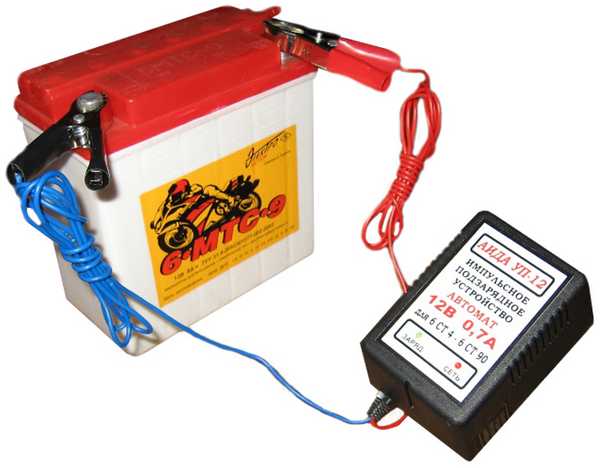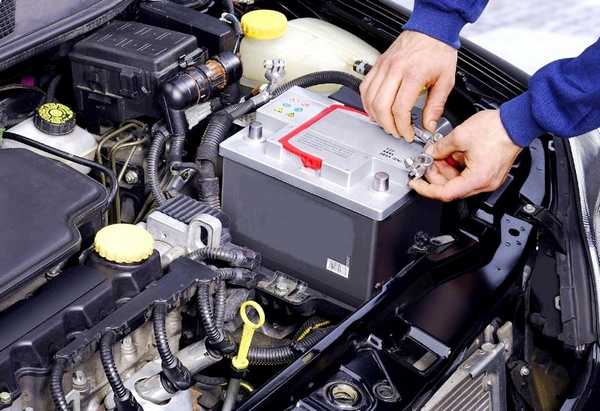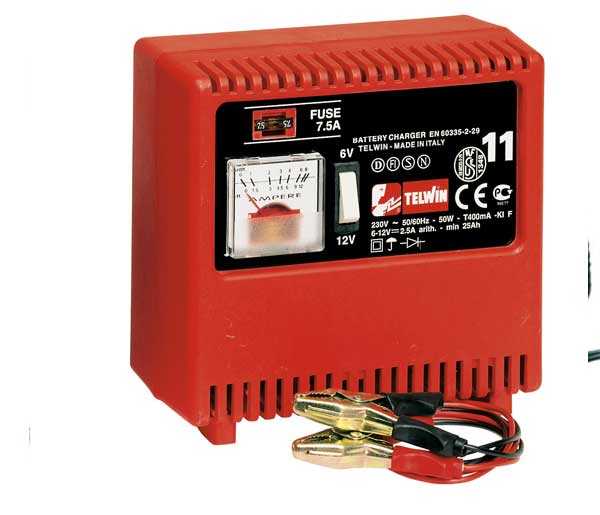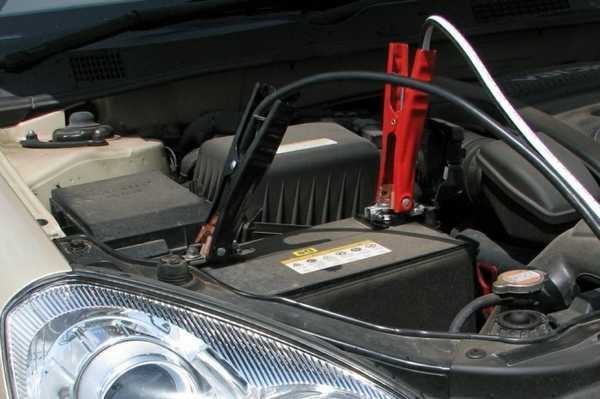Charging current car battery
To charge the battery (AKB) you do not need any professional knowledge, since this process does not represent any particular difficulties. To do this, you just need to carefully read the instruction manual, have a battery data, and also understand what current is preferable for charging the battery. The duration of the battery life of the AKB depends on this.
In order to avoid losing information by the engine control unit, the failure of additional equipment and other troubles caused by the removal of the battery and the disconnection of all nutrition systems, charge the battery is recommended directly on the car. To do this, follow some rules:
- all electrical appliances in preparation and directly charging should be disabled or translated into sleep mode;
- The memory is recommended to connect to the Accord terminals only in the off state and with minimum current;
- in the process of charging the car's battery, charging current accumulator should be gradually added;
- -Contact the terminals should be as high as possible.
If the current drops when charging, this means that the scheme is tied to the voltage. When charging the battery, the charge level rises, and the current is also growing accordingly.
Charging methods There are several and each of them has its own characteristics.
Charging of the constant strength
With this method, the current will act as permanent, and calculate the average battery charging current as follows:
- for acid batteries, the battery capacity according to the passport is divided by 10;
- for alkaline - divided by 4.
Acid battery for cars are more sensitive to operating conditions and modes in the process of charging, as well as such AKB are the most common type. The battery charging current on the car is selected in the ratio of its total tank produced by 0.1. Those. If this container is 60a / h, the current is set to 6a.
To charge the battery of the motorcycle, with a capacity of 6a / h, currently 0.6 amp current. Such a current can give a portable charger of a pulse type "AIDA UE-12".

In this method, the electrolyte temperature must be monitored, its density and battery voltage. The fact that the battery was charged completely, indicates the unchanged tension and density of the electrolyte, as well as the rapid release of gases. But during the process, periodic control is needed (at least every hour), since for high-quality charging, the current must be adjusted and not to skip gas emission during the end of the charging.
To increase the charge level of the battery, the current, with an increase in voltage to 14.4V, must be reduced twice. Charging the battery with a small current so far until the release of gases begin.
Accelerated charging
This method is used to accelerate restoration of the working state of the AKB due to charging at elevated current values. It differs from the above method only by the fact that in this case the current for charging the battery is greater. Its value is set depending on the maximum possible current, which is capable of issuing a memory.

Accelerated Account Charging, with continuous use, reduces its service life
The main disadvantage of the accelerated charging method (with its frequent repetition) is to reduce the duration of operation of the AKB. Therefore, it is undesirable to apply this method. Since the forced charging does not imply a battery charge until it is fully restored to its capacity, it is necessary in the near future to reflect the more acceptable method.
Charging AKB with stable voltage
The level of charge, in the case of using this method, depends directly from the voltage, which is able to provide a memory. For example, if the largest stress at the output of the memory is 14.4V, then with a continuous charge throughout the day, the battery charges a maximum of 85%, while the voltage value of 15V is up to 90%, at 16V - up to 97%. Full charge can be achieved only when using a stress with a voltage of 16.4 V.

This method allows you to charge the battery automatically, there is no need for observation of the process. The end of the charging is determined by the voltage at the conclusions of the battery, it should be equal to the voltage at the output of the PLUS 0.1V. But for 95% of the charge, if the charging is performed using a memory with the output voltage of 14.4V, it will take more than 24 hours.
Battery charging pulse current
Pulse charging is the use of a memory with non-permanent current or voltage, i.e. Their values \u200b\u200bincrease and decrease with a certain interval. The pulse current is divided into asymmetric and pulsating.
When charging on asymmetric current in each cycle, the polarity changes occurs. But the electric charge is more with direct polarity than at the inverse (charge ratio to the discharge 10/1, and the duration of their pulses 1/2). Due to this, the battery is charged.
The pulsating current charges the battery due to changes in its value, and the polarity remains unchanged.
Charging the battery using the current stabilizer
The current stabilizer for charging the battery is a device with a non-speaker circuit with capacitors. This device allows you to charge a stable current of 130mA at the same time up to 4 acb. Current can be reduced to 65m, if you remove 1 condenser.

Batteries must be connected in parallel with the placement of stabilians in the diagram, while observing the polarity. It is Zebabitrons that simultaneously be charged to charge 4 batteries simultaneously, due to the fact that during charging it is in a closed position, and when the battery is missing in the cell - the stabilion opens, which contributes to passing the current.
Batteries are connected to the current stabilizer immediately before turning on it to the network. When it is opened, it should be extremely attentive, because its output terminals are associated with the network, and one careless movement can lead to an electric shock.














